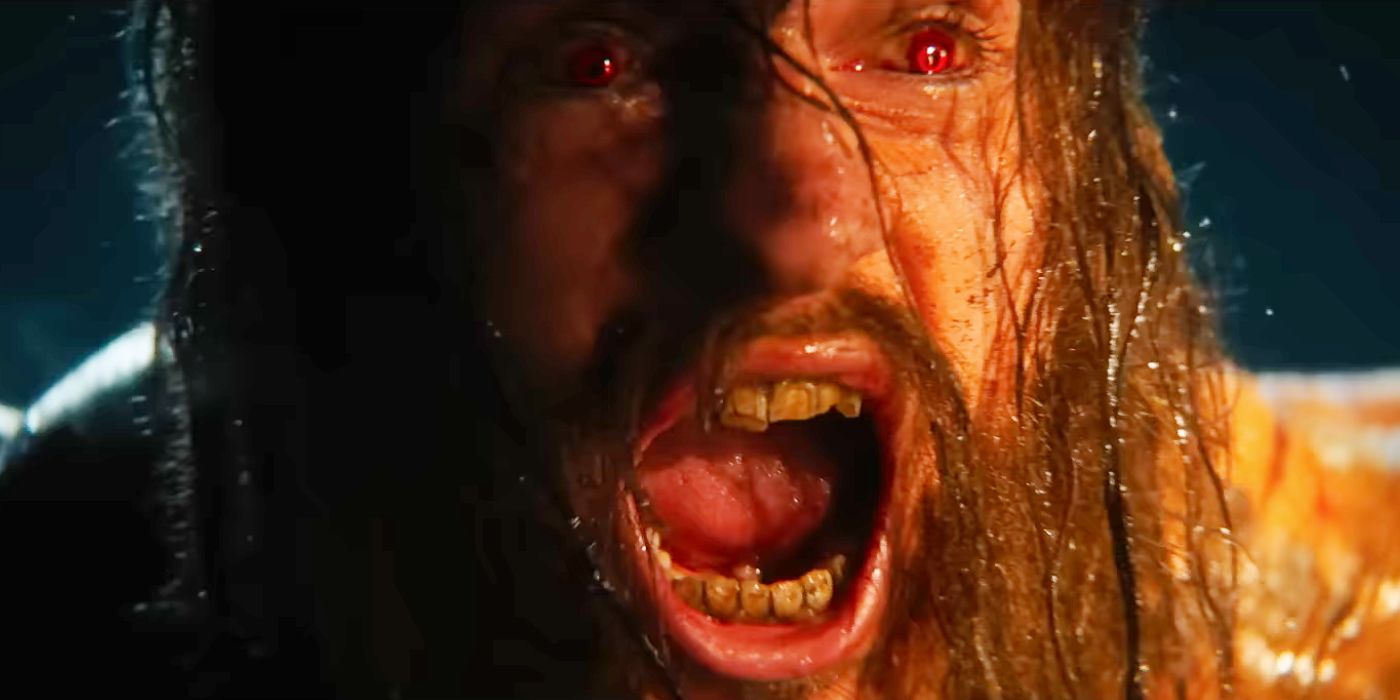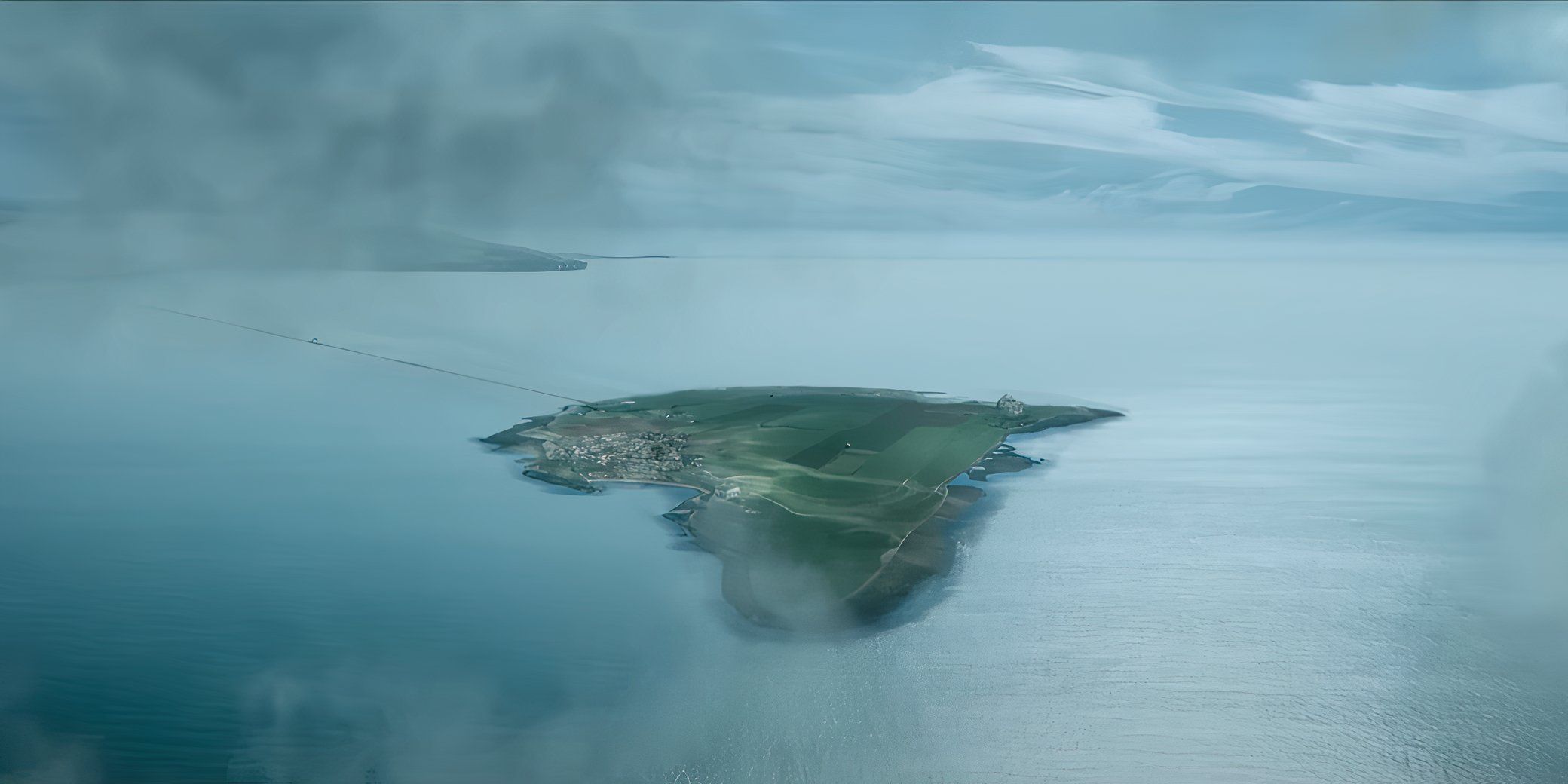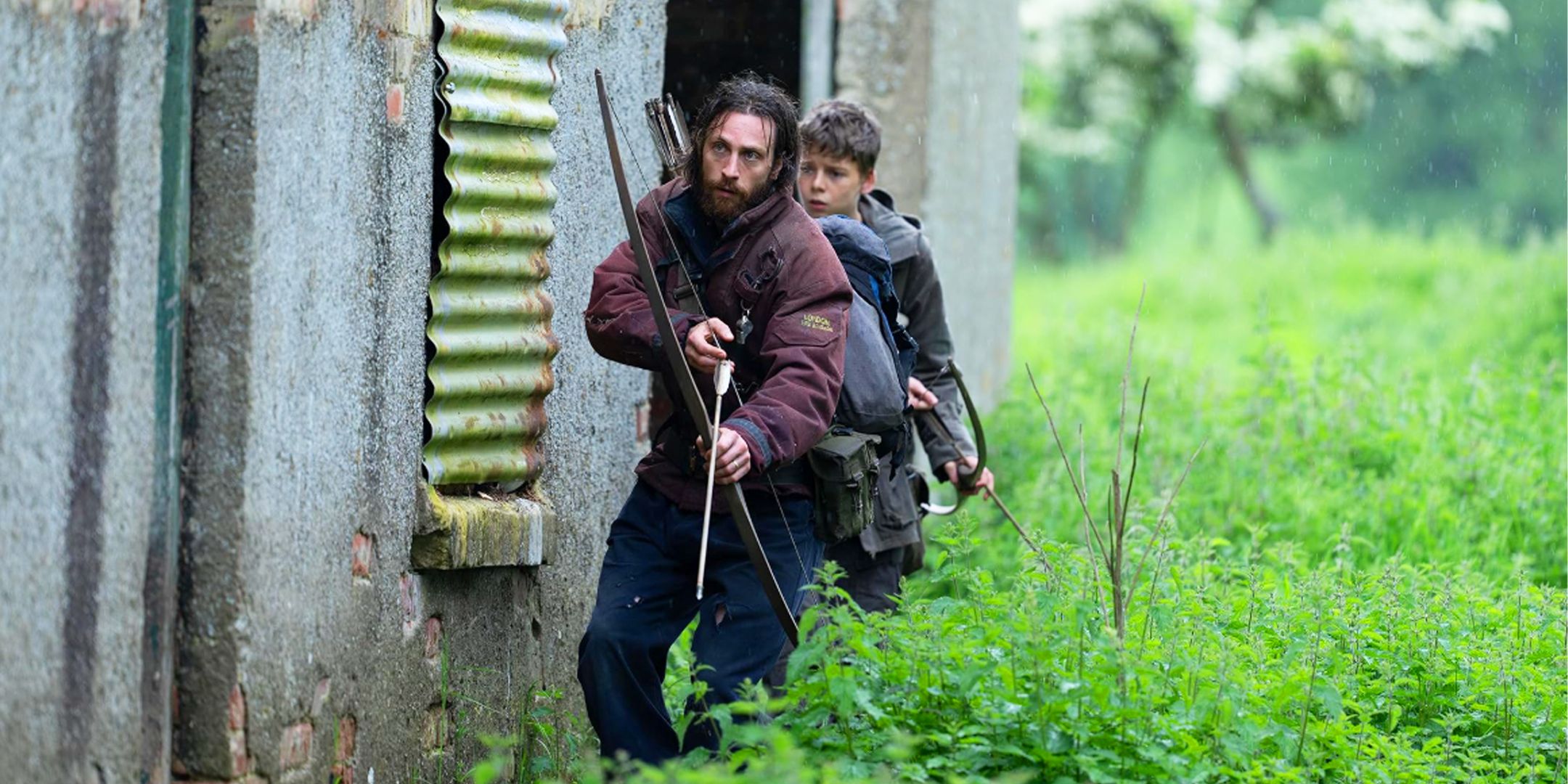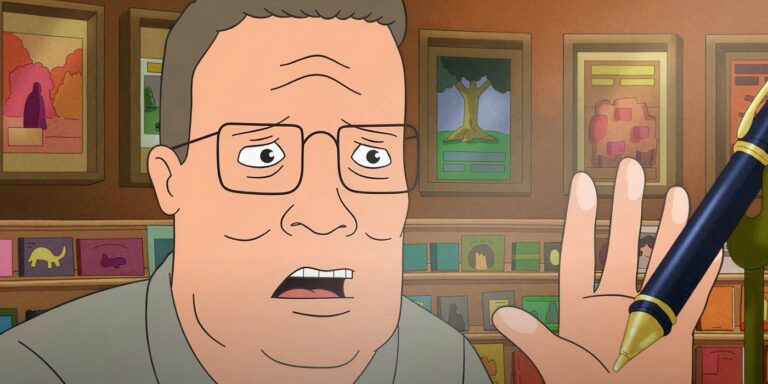The following contains spoilers for 28 Years Later, now playing in theaters28 Years Later‘s ending kills off one of the film’s most compelling characters in a heartbreaking but perfectly fitting way, all the while laying the groundwork for plenty of potential sequel storylines with a truly wild final scene. The long-awaited third entry in the 28 horror franchise that began with 2003’s 28 Days Later, 28 Years Later revisits the Rage Virus-ravaged remains of England. Instead of focusing on returning characters like Cillian Murphy’s Jim, 28 Years Later shifts focus to a new group of characters — a family who are splintering at the seams because of the illness impacting the mother.
28 Years Later is a haunting and beautiful film that never stops being compelling, even when it dives into the gory chaos of an Infected attack. The ending of the film works perfectly well as the culmination of Spike’s journey, taking him from his first hunt on the mainland to a fateful decision that could define his future. Along the way, the film lays plenty of seeds for the upcoming Nia DaCosta-directed 28 Years Later: The Bone Temple. Here is how 28 Years Later ends as it does and how it sets up the sequel.
Why Jimmy Only Appears At The Very End Of 28 Years Later
Jimmy Crystal Appears In The Cold Open As A Child And A Mysterious Leader In The Coda
Jimmy Crystal only appears in the cold open and coda of 28 Years Later, with the chaotic character primed to play a big role in the upcoming sequel, The Bone Temple. Jimmy is introduced in the very first scene of 28 Years Later as a child in the Scottish Highlands when the initial outbreak of the Rage Virus rampaged through Great Britain. The only survivor of his family, Jimmy fled the chaos and doesn’t appear again until the final scene of 28 Years Later as a grown man leading a band of similarly dressed brawlers on the mainland.
The reason Jimmy doesn’t really factor into much of 28 Years Later is that the story isn’t really about him. Although Jimmy serves as the primary POV character in the opening sequence, the film is much more rooted in the family drama that exists between Spike, his father Jamie, and his mother Isla. As such, the film is almost entirely focused on those characters, with Jamie absent for much of the second half of the narrative. This gives Jimmy an exciting and mysterious aura that will likely be addressed in The Bone Temple.
Who Dies In 28 Years Later
Isla’s Death Is The Most Emotional Moment Of 28 Years Later
There’s plenty of death in 28 Years Later, but almost all of the casualties are unnamed characters or those who’ve been infected by the Rage Virus. Throughout the film, there are really only two notable deaths. The first is Erik, the Swedish NATO soldier who finds himself stranded and alone on the mainland after his boat sank off the coast and the Infected slaughtered his platoon. Saving Spike and Isla from a horde, Erik travels with them for a time but comes close to shooting the uninfected baby before being caught and beheaded by the Alpha dubbed “Samson.”
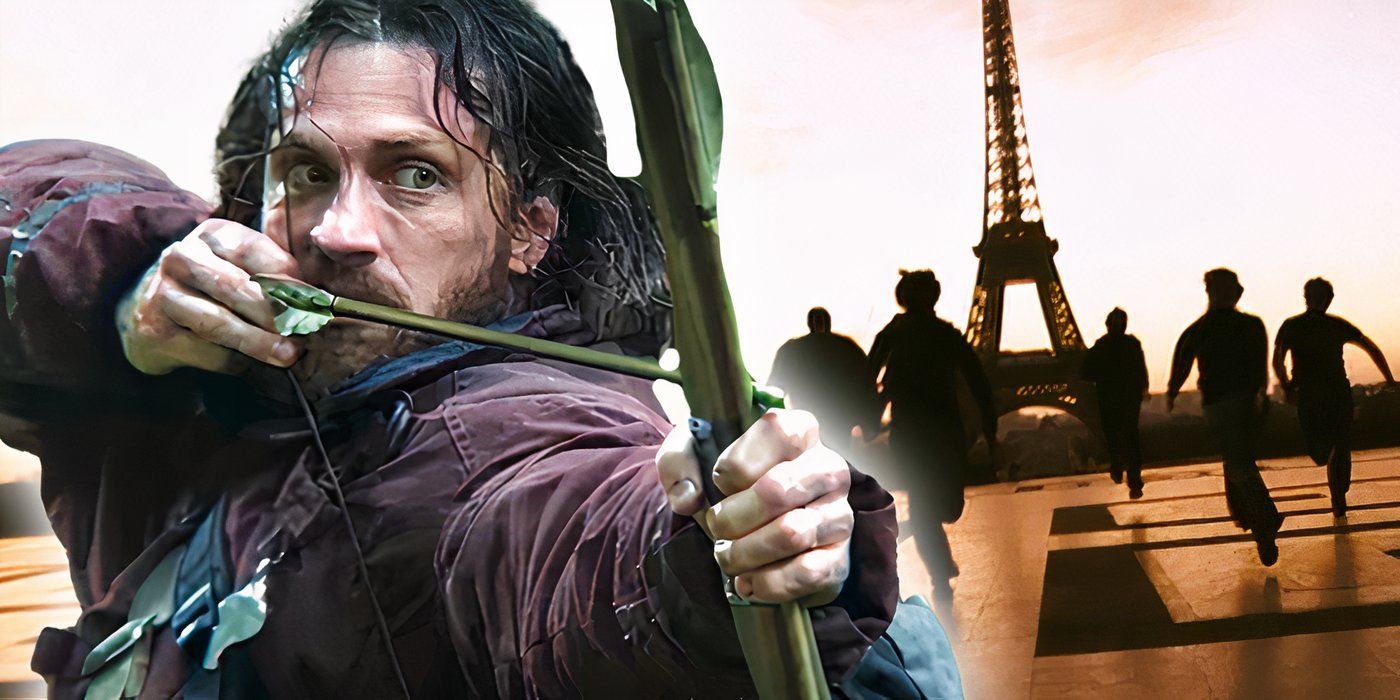
Related
28 Years Later Is Officially Retconning 28 Weeks Later’s Final Scene
Zombies were shown running through Paris at the end of 28 Weeks Later, but it seems like the upcoming 28 Years Later will retcon the scene.
The more important death in the film is Isla. Spike’s mother is shown to be ill from her very first scene, with frequent nosebleeds and difficulties remaining in the moment. When Spike and Isla find Dr. Kelson, he’s able to diagnose that she has cancer and that it has already escalated into a terminal prognosis. Wishing to die peacefully, Isla allows Kelson to drug Spike to stop him from interfering and embraces her son one last time before walking off with Kelson to be painlessly euthanized. Both her and Erik then have their skulls added to Kelson’s bone statues.
28 Years Later’s Alpha & Uninfected Baby Explained
The New Rage Virus Variants Change The Future Of The Franchise
28 Years Later makes some pretty big additions to the lore of the 28 Days Later universe, including showcasing how the Rage Virus has evolved in nearly three decades. This includes the discovery of new strains of Infected, who respond to the disease differently. Some become bloated, unable to run like their fellow Infected. Others are made far more dangerous by a specific mutation, which is described by Jamie as “Infected on Steroids.”
Despite often being mistaken for zombies, the Infected of 28 Years Later are not actually undead. They are victims of the Rage Virus, a disease that shuts off higher brain functions and reduces people to a berserker state.
Dubbed “Alphas,” this strain of Infected gains a huge boost in strength, speed, and endurance over most Infected. They grow taller, have larger muscles, and are generally able to walk off the kind of injuries that bring down others. Although they aren’t immortal (as proven by the Alpha that is brought down at the climax of Spike’s first hunt) and can even be stunned by the right kind of chemical cocktail, they are very tough to kill. Alphas also retain more intellect than most Infected, as well as a cruel habit of collecting the heads of their victims.
The biggest addition to 28 Years Later‘ lore is the discovery that an Infected woman can give birth to a baby who does not have the Rage Virus. While looking for Kelson, Spike and Isla discover a pregnant Infected who doesn’t attack them while giving birth. Isla helps ensure the baby girl is safely born, and she and Spike save the baby from Erik and then her biological father, the Alpha known as Samson. According to Kelson, it seems the placenta was able to protect the baby while in utero, ensuring she wasn’t infected by the Rage Virus.
The Purpose Of Dr. Kelson’s Bone Temples
The Bone Monuments Aren’t Nearly As Creepy As They Look
For much of 28 Years Later, the implication is that Dr. Kelson will be a dangerous figure. Only spoken of in hushed tones by people from Spike’s island, he’s also the only known physician anywhere near the settlement. Spike brings Isla to him to get a diagnosis, and is surprised to find a surprisingly chipper fellow. Kelson turns out to have retained much of his sanity and has adapted to the dangers of the mainland. He’s also the one constructing the “Bone Temples,” which turn out to be monuments to all the people who have died over the years.
Although Jamie and his companions were horrified by Kelson’s casual approach to collecting corpses, this was really just part of his process of cleaning the bodies and preserving the bones to make part of his monument. Kelson’s respect for the fallen is why he builds the monuments. As Kelson explains to Spike after Isla dies, the doctor believes it’s just as important to remember life as it is to recognize death. Kelson’s scenes are some of the biggest emotional beats in 28 Years Later, quietly playing an important role in Spike’s final decision to remain on the mainland.
What 28 Years Later Reveals About The Rest Of The World
The Rest Of Humanity Has Survived The Rage Virus By Placing A True Quarantine On The British Isles
28 Years Later picks up decades after the events of the last two films. 28 Weeks Later ended with the implication that the Rage Virus had made the leap to France and could spread to the rest of the world. However, this is quickly disproved, with 28 Years Later revealing that this potential second outbreak was quickly stamped out. As a result, the Rage Virus has been successfully contained to the British Isles. Anyone left in the UK has been forced to fend for themselves, with regular NATO patrols positioned around the nation to ensure no one enters or escapes.
It seems that the rest of 28 Years Later‘s world has been able to carry on the same trajectory as the real world…
These NATO patrols move around the nation in the Atlantic Ocean and are relatively safe from the Infected. However, the ships can still be brought down, as Erik and his platoon discover the hard way when their ship strikes rocks and sinks. Erik offers a welcome look into the rest of the world, which turns out to have things like the internet, cell phones, and botox. It seems that the rest of 28 Years Later‘s world has been able to carry on the same trajectory as the real world, just without the United Kingdom involved in any global events.
How 28 Years Later Sets Up The Sequel, The Bone Temple
The Coda Of 28 Years Later Sets Up Plenty Of Potential Storylines For The Upcoming Sequel
The ending of 28 Years Later sees Spike escape “Samson” and save Kelson from the Alpha, eventually making his way back home. Although he brings the baby with him and leaves her to be raised in the village (with a note specifying that she is named in memory of Isla), Spike ends the movie heading back into the mainland. This sets up Spike to be the true protagonist of the modern 28 Days franchise, following his adventures on the mainland. There are plenty of places the character could go, especially if he tries to carry on Kelson’s philosophy.
Directed by Nia DaCosta and written by Alex Garland, 28 Years Later: The Bone Temple is currently scheduled to be released theatrically on January 16, 2026.
The most obvious sequel set-up is the arrival of Jimmy and his group of followers. Teased to be among the dangerous sort Jamie and the rest of the island village have come to be wary of, the gleeful approach to carnage that the group embraces suggests they could become fitting antagonists for the next film, 28 Years Later: Bone Temple. The film could also dive further into the evolving Rage Virus, how NATO responds to the loss of a platoon on the mainland, and if Isla develops any unique traits after being born from an Infected woman.
The Real Meaning Of 28 Years Later
Never Forget Death, But Always Remember Life
Rather than just be a horror story about a monstrous threat and the evil of man, 28 Days Later endured for years because it’s also a painfully human drama about grief and endurance in the face of tragedy. 28 Years Later has a very similar emotional core, although the shift in focus from survivors to a family is a fitting way to expand on those emotional elements. Spike’s arc in the film sees him grow from a boy to a man, but without losing the kindness at his core.
Despite losing so much, including his mother, Spike learns to accept death and move on. He doesn’t become like his father, but still trusts him and the village enough to protect Isla. 28 Years Later is also about the importance of confronting death and remembering life. Kelson teaches Spike to never forget death, and to always remember life. This is why he builds monuments to the scores of dead that he never knew. It’s important, especially in a world as bleak as the one in 28 Years Later, to retain one’s humanity by focusing on those truths.
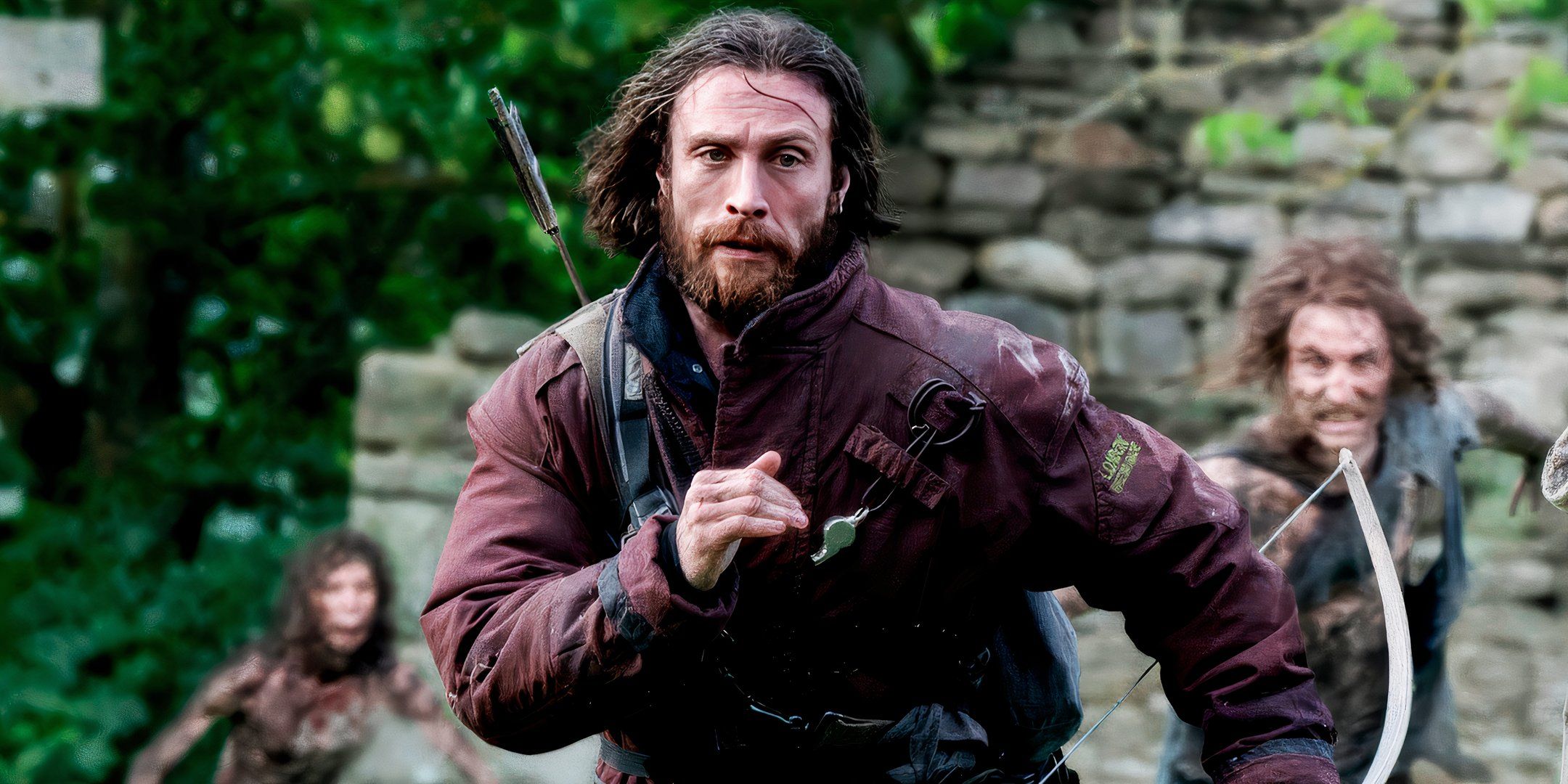
![How 28 Years Later Morphs The Rage Virus To Be Relevant In 2025 Explained: "We're All Capable Of [It]"](https://static1.srcdn.com/wordpress/wp-content/uploads/2025/06/28dyl2-1crop.jpg)
